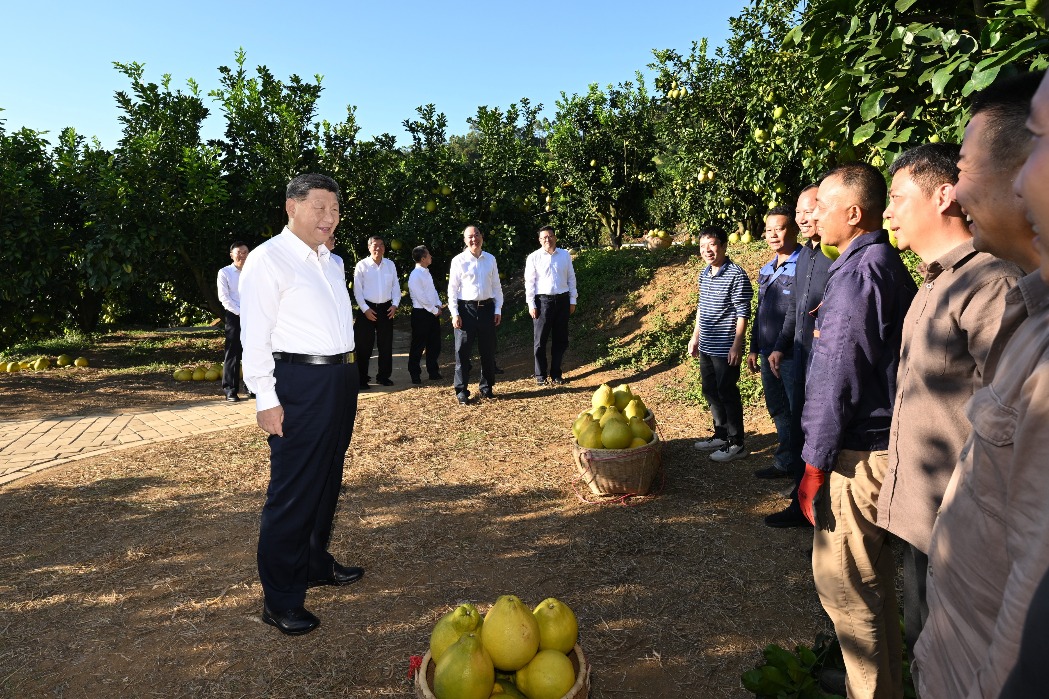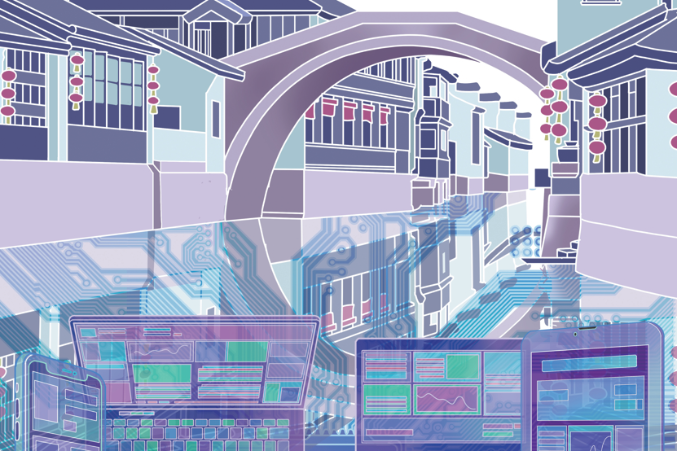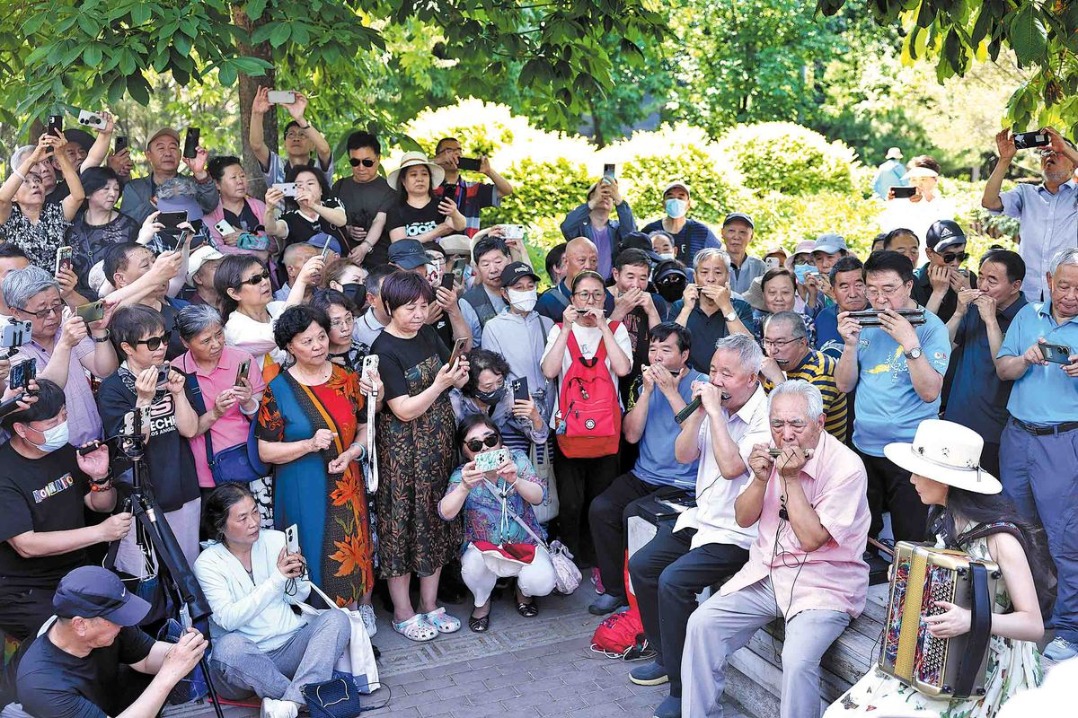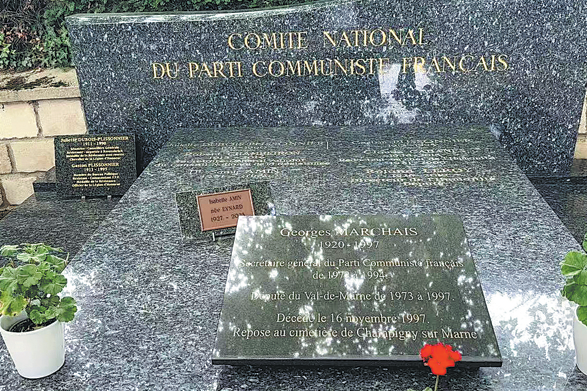Ghost of Japan's militarist past rises again

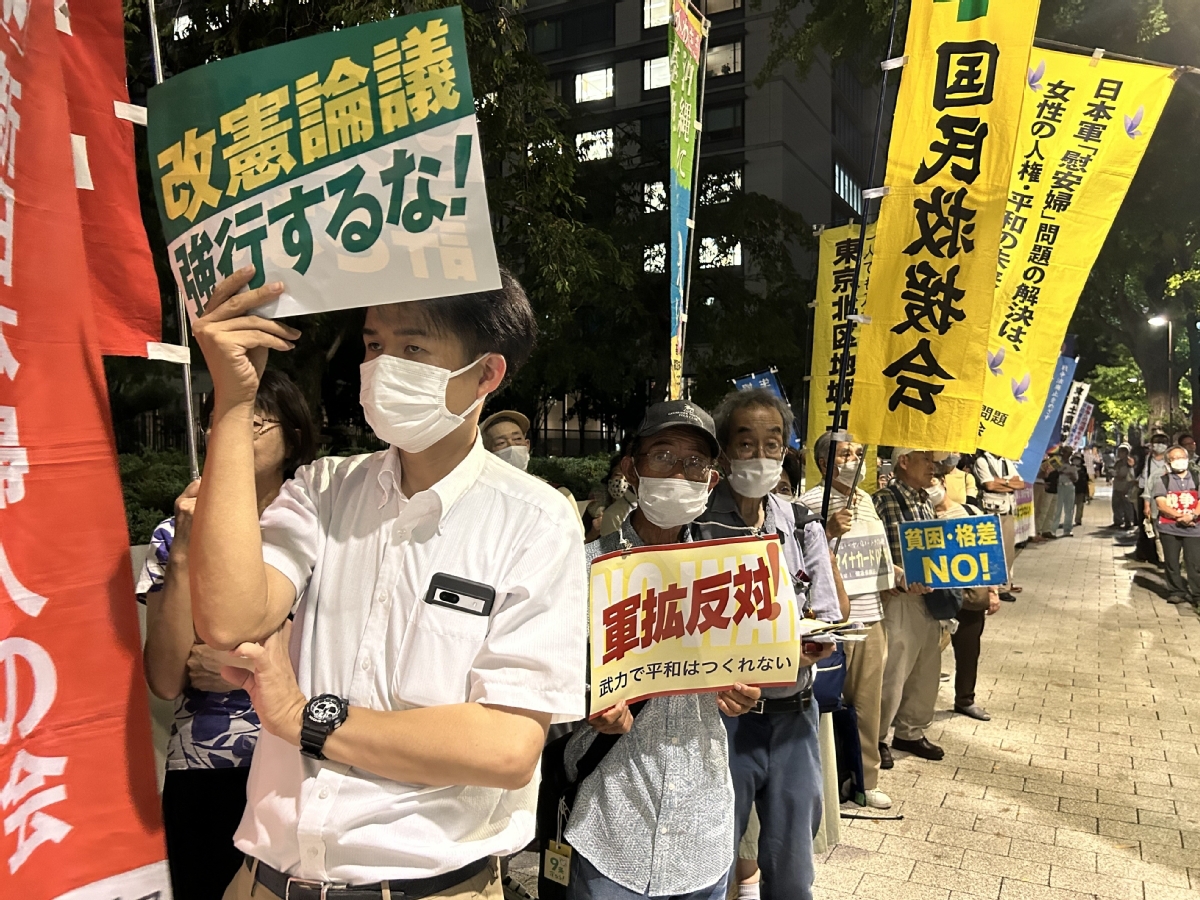
Hiroki Kobayashi, deputy chief of staff of the Japanese Ground Self-Defense Force, has defended his visit to Yasukuni Shrine on Jan 9 by claiming it was personal. But his visit to the shrine during office hours together with subordinates of a Ground Self-Defense Force committee investigating aircraft accidents had all the appearance of being an official deed.
Which is something that even the Japanese Ministry of Defense thinks is improper as it would violate a directive issued in 1974 prohibiting a group visit by SDF members to a religious facility. The ministry has launched an investigation into the matter.
Kobayashi's visit has done great harm to Japan's relations with its neighbors as it makes it more difficult for Japan to gain the trust of neighboring countries.
According to officials of the Defense Ministry's Bureau of Personnel and Education, Kobayashi and his subordinates, both SDF members and administrative staff visited Yasukuni Shrine out of uniform and paid for ritual offerings of masakaki sprigs with their own money for the stated purpose to "pray for the safety of aircraft". That's not an excuse for members of the Japan Self-Defense Forces to pay an official visit the shrine. And considering that the Imperial Japanese Army resorted to kamikaze suicidal attacks at the end of World War II, praying to the war criminals "for aircraft safety" seems particularly far-fetched. Yasukuni Shrine is controversial because 14 Class-A war criminals are enshrined there. By giving his visit to the shrine an official veneer, Kobayashi has rubbed salt into the wounds of its neighbors and raised alarm that Japan is once again set on a militarist path.
While Japan is supposed to have learned the lessons from its militarism before and during World War II, the move by Kobayashi and some of his subordinates undoes all the efforts of those working toward lasting peace in the nation.


















